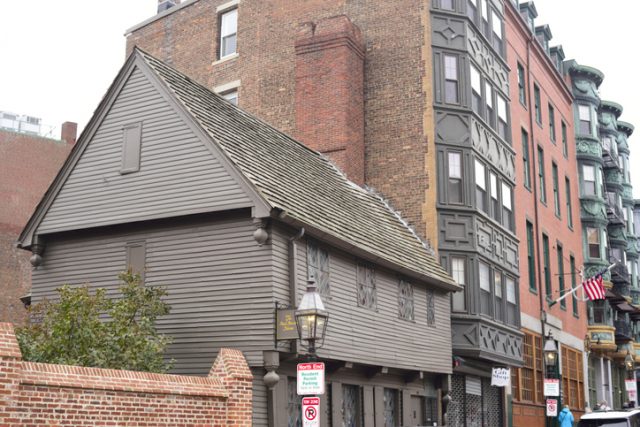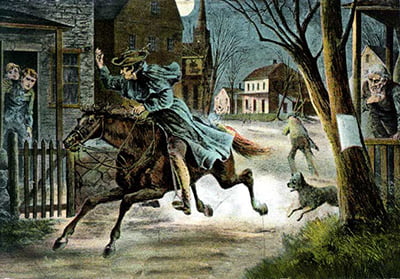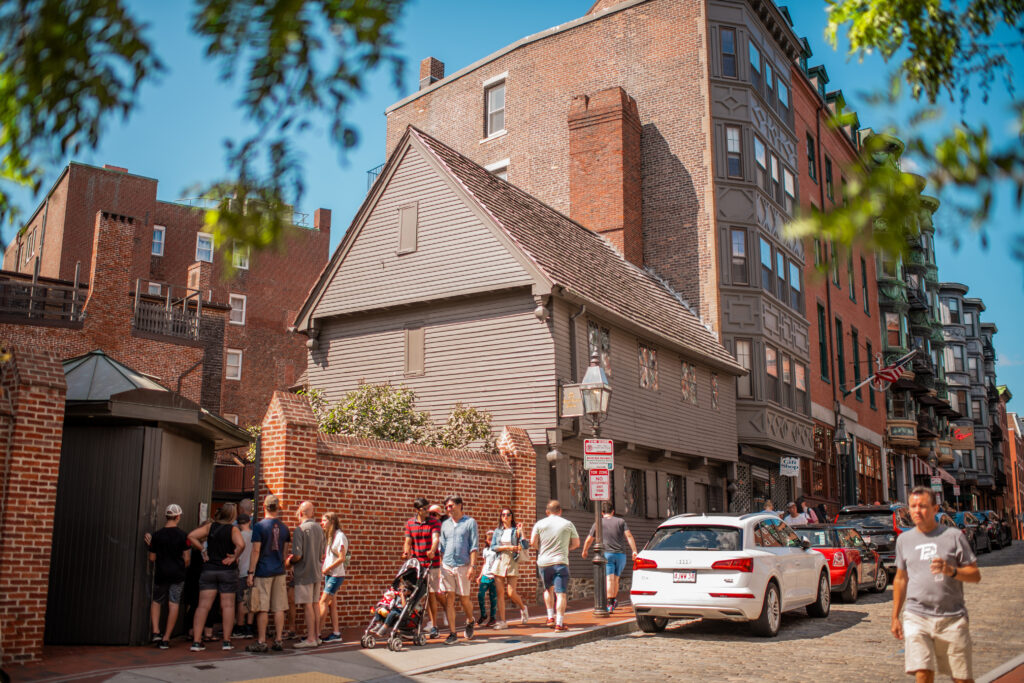The Paul Revere House, located in Boston, Massachusetts, is one of the most historically significant buildings in the United States. It was the home of Paul Revere, the famous patriot best known for his midnight ride on April 18, 1775, warning the colonial militia of the approaching British troops. The house is now a museum and a National Historic Landmark, offering visitors a glimpse into 18th-century life and the American Revolution.

History of the House
Built around 1680, the Paul Revere House is the oldest remaining structure in downtown Boston. Originally constructed as a merchant’s home, it was later owned by Paul Revere from 1770 to 1800. The house is a timber-framed structure, characteristic of early colonial architecture, with gabled roofs, overhanging upper stories, and wooden clapboard siding. Its simple yet functional design reflects the modest lifestyle of middle-class colonists.
When Revere purchased the house, he was a well-established silversmith and engraver. He lived there with his wife, Sarah Orne Revere, and their children. The house served as a family residence during the years leading up to the American Revolution, witnessing crucial moments in colonial history.
Paul Revere’s Midnight Ride
On the night of April 18, 1775, Paul Revere left his home on North Square and embarked on his famous midnight ride to Lexington. He was sent by Dr. Joseph Warren to warn Samuel Adams and John Hancock that British troops were marching to arrest them and seize colonial weapons. His journey, along with fellow riders William Dawes and Samuel Prescott, played a key role in alerting the Minutemen, allowing them to prepare for the battles of Lexington and Concord—the first conflicts of the American Revolution.

Revere’s ride became legendary, largely due to Henry Wadsworth Longfellow’s 1860 poem Paul Revere’s Ride, which immortalized his bravery. The poem, though not historically accurate in every detail, helped cement Revere’s legacy as an American hero.
Later History and Preservation
After Revere sold the house in 1800, it went through various transformations, including use as a boarding house, tenement, and shop space. Over the years, the building suffered deterioration, but in 1902, Revere’s great-grandson helped raise funds to purchase and restore it. The Paul Revere Memorial Association took charge of the restoration, and in 1908, the house was opened to the public as a museum.

Today, the Paul Revere House Museum offers a fascinating look at 18th-century life, Revere’s silversmith work, and Revolutionary War history. The house has been carefully preserved, with much of its original structure intact. Visitors can explore rooms furnished in colonial style, see artifacts related to Revere’s life, and learn about the historical events of his time.
Legacy and Significance
The Paul Revere House remains an essential stop for history enthusiasts visiting Boston’s Freedom Trail, a path that connects key Revolutionary War sites. As a symbol of American independence, it continues to educate and inspire visitors about the courage and resilience of early patriots who shaped the nation’s history.


